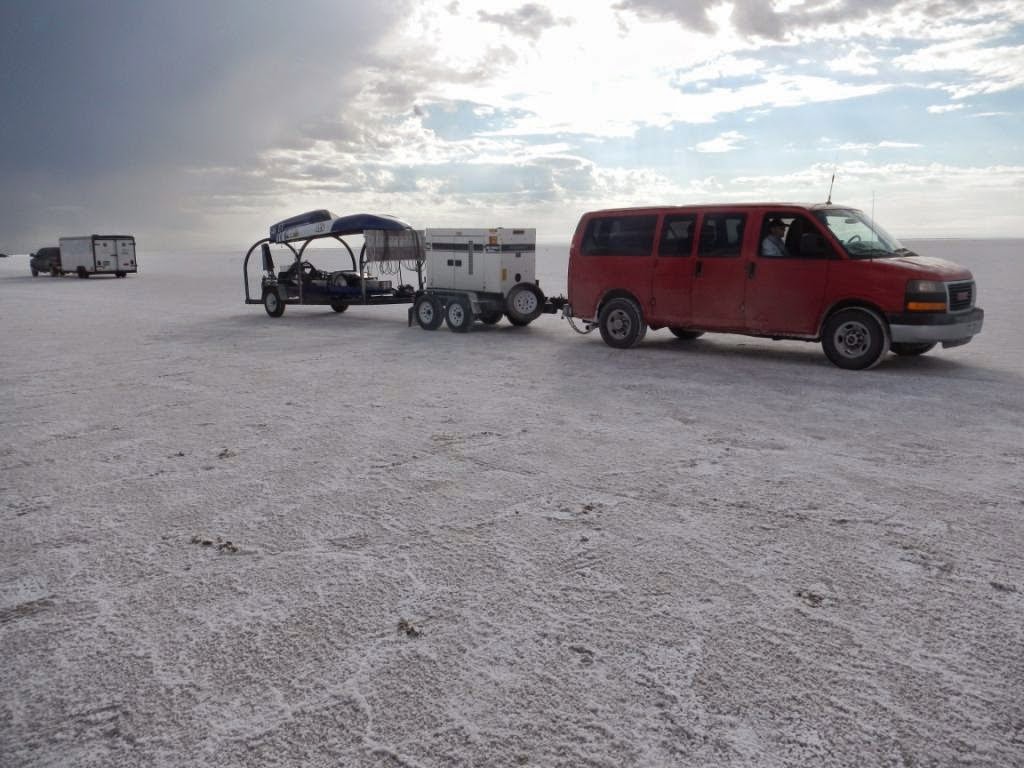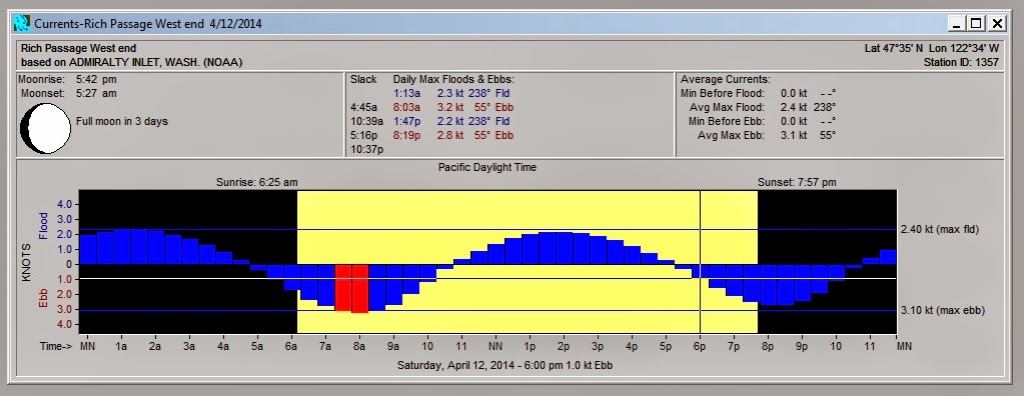Saturday was the Winter Vashon Race. This was the first time I had raced Great White in about nine months when I fell and broke my hip. Although some people made light of my injury and even compared my fracture to that of a dogs, it was a long time of unsuccessful recovery that resulted in another surgery to replace my hip joint with an artificial one. Although I am on my feet again, my leg is weak and I feel a bit unsteady at times.
My race weekend started early in the week with a lot of boat prep and work. Just like me, Great White was stiff and out of shape after setting for so long. Even sail bag zippers were stuck! Even though the diver had cleaned the bottom, the knotmeter impeller was fouled and I had some serious cleaning to do to it. I got underway early Friday morning at about 0645. It was a nice delivery to Tacoma Yacht Club and I found my usual place at the dock. As the day went on, more boats arrived and by early evening, the transient moorage was filled. I went for a long walk to Pt Defiance. In the evening, Tacoma Yacht Club provided a nice evening and social time.
The Winter Vashon Race is a race from Tacoma Yacht Club around Vashon and Maury Islands to finish at Tacoma Yacht Club. For only the second time in history, the race committee decided to send everyone counterclockwise around the islands. Furthermore, they also experimented with setting two "virtual" marks at the north end of Vashon Island to serve as a shorten course gate and a turning mark. These virtual marks were GPS waypoints that I inputted into the GPS. No floating marks or boat were used.
This year, our class was the largest class with mostly 69-75 seconds/mile rated boats but also included several larger, faster rated boats. The total rating spread was 24 seconds/mile from the fastest to the slowest rating boat. A strange class break.
Our start was about 0920. We got a good start, but was soon covered by a larger boat in a faster class. We soon wiggled free and had a spinnaker reach toward Pt Robinson. The winds were light as predicted. We tried to stay in the middle and stayed away from Poverty Bay and potential bankruptcy We tried following a finger of wind on the north side of Pt Robinson, but it soon became apperant that it was better in the middle. The wind built to about 12 knots as we ran north along the Vashon Island shore.
As we neared the north end of Vashon Island, we had to leave the first "virtual" mark to starboard. This was no problem and we were well to the left of it. The next "virtual" mark was a turning mark that we had to "round" and head south into Colvos Pass. My concerns about boats all over the sound rounding what they thought was the correct invisible mark were unfounded as several boats all tried to occupy the same place on the water as if there was a floating mark.
We started the beat south down Colvos Pass. By now the wind was a solid 15 knots. I ussually despise sailing south in Colvos Pass because of the usual adverse current. Even though the current was not slack, it was not moving very fast and we had a great beat. We had good speed and passed a few boats as well as staying ahead of all the boats behind except for one that got around us at Dalco Pass when we were adamant about staying close to Vashon Island and they stayed farther out in the middle. The wind got light during the last couple of miles across Dalco Pass. As it was three J35's including us finished within a few minutes of each other. We finished at 1608, still in daylight.
After cleaning up the boat, I got underway and was home by 2130. I was exhausted after a long day on the water. Since I am a driving/main trimming freak, my arms and shoulders were sore from the lack of use. Fortunately time in my home gym doing resistance training is bringing me back into shape.
Our placing was 8th out of the 14 boats. Not a great place, but still ahead of a number of boats. The run was our worst leg.
My crew of Walter, Tom, Ranier and Tim put up with my relearning process and kept me out of trouble. Thanks!
Results can be found here: http://ssseries.org/
And pictures by Jan( even though we are only partially shown in one) can be found here: http://janpix.smugmug.com/Boats/Winter-Vashon-2014/46211545_qPjZDb
After Fridays early delivery to Tacoma Yacht Club, I had my usual spot at the dock.
The first half of the race was grey and drizzly with light winds until we reached the north end of Vashon Island.
Our track for the day. We started off of Tacoma Yacht Club at Pt Defiance and rounded Vashon/Maury Island counterclockwise. The turning mark at the north end of the island was a "virtual" mark that was a GPS waypoint. We rounded in a crowd of boats that all arrived at the same place at the same time.




















































